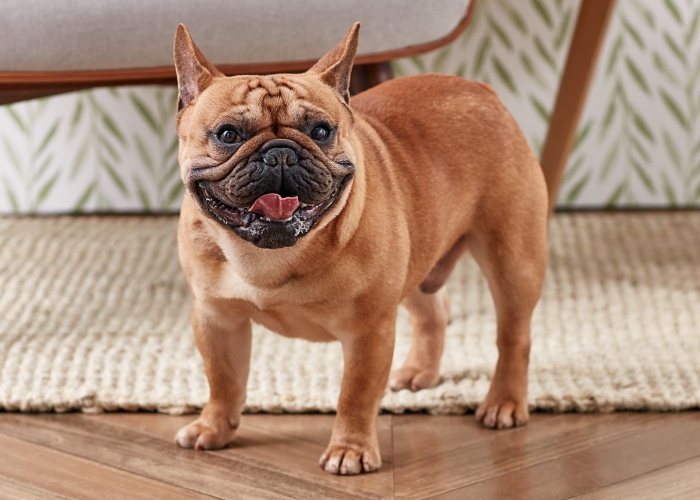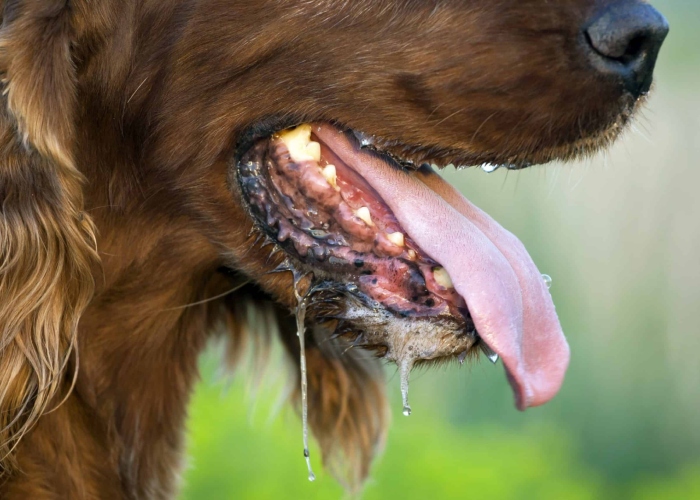If you’ve spent time around dogs, you’ve likely noticed them panting – whether after a vigorous game of fetch or during a particularly hot day. Panting is a normal canine behavior and an essential physiological mechanism that dogs use for several purposes, primarily to regulate body temperature. Unlike humans, dogs have a limited ability to sweat through their paws and rely heavily on panting to cool down. This article delves into the reasons behind dog panting, its importance, and when it might indicate a health issue.
The Basics of Dog Panting
Panting is a rapid, shallow breathing method that dogs use predominantly to control their body temperature but also for other physiological and psychological reasons. Here’s a closer look at why dogs pant:

- Temperature Regulation
- Cooling Mechanism: Dogs lack an extensive system of sweat glands like humans. Their primary means of cooling down is through panting. As a dog pants, air moves rapidly back and forth over the moist tissues of the tongue, mouth, and upper respiratory tract, where heat exchanges with the cooler outside air, allowing the body temperature to drop.
- After Exercise
- Recovery: Following exercise, dogs pant to tackle the heat build-up in their bodies generated by muscle activity. Panting helps to expel heat and replenish their system with cooler air, aiding in a quicker recovery to their normal body temperature.
- Stress or Excitement
- Emotional Response: Dogs also pant when they are stressed, anxious, or excited. Panting may be accompanied by other signs like whining or pacing, indicating that the dog is not just hot but possibly dealing with emotional distress.
Deeper Insights into Panting
Understanding the nuances of why dogs pant can help pet owners better care for their canine companions, especially in managing their exposure to heat and stressful situations.
- Panting and Heatstroke
- Signs of Danger: While panting is normal, excessive panting can be a sign of heatstroke, especially when accompanied by drooling, reddened gums, or lethargy. Heatstroke is a severe threat to a dog’s health and requires immediate action to cool the dog down and seek veterinary care.
- Breed-Specific Considerations
- Brachycephalic Breeds: Dogs with short noses (brachycephalic breeds like Bulldogs, Pugs, and Boxers) often pant more due to their constricted nasal passages and elongated soft palate. Their unique physiology makes them more susceptible to breathing difficulties and heatstroke.
- Health-Related Causes
- Respiratory Disorders and Disease: Sometimes, panting can be symptomatic of underlying health issues beyond just temperature regulation or emotional responses. Conditions such as respiratory disorders, heart disease, or even pain-related discomfort can lead to increased panting.
- Age-Related Factors
- Senior Dogs: Older dogs may pant more as they become more susceptible to health issues. Panting might indicate pain from arthritis or general distress due to aging organs and bodily functions.
How to Support Your Panting Dog

Understanding why dogs pant is one thing, but knowing how to support them is just as crucial. Here are some strategies:
- Provide a Cool Environment
- Water and Shade: Always make sure that your dog can enjoy a cool, shaded place and lots of fresh water, especially on hot days or after physical activity.
- Monitor Exercise
- Manage Intensity: Be mindful of exercise intensity, especially in hot weather. Early morning or late evening walks, when temperatures are cooler, are advisable.
- Watch for Overheating
- Recognize the Signs: Learn to recognize the signs of overheating and heatstroke. If your dog shows any symptoms, immediately move them to a cooler environment and consult a veterinarian if necessary.
- Regular Veterinary Check-Ups
- Preventative Care: Regular check-ups can help identify and manage any underlying health issues that may cause excessive panting.
Conclusion Panting is a multifaceted behavior in dogs that plays a critical role in their ability to regulate body temperature, recover from physical exertion, and cope with emotional stress. By understanding the various reasons why dogs pant, owners can better ensure their pets’ comfort and health. Monitoring when and how your dog pants can also provide vital clues to their overall well-being and alert you to potential health issues before they become severe. As always, a proactive approach combined with regular veterinary care will keep your beloved pet happy, healthy, and cool under any conditions.